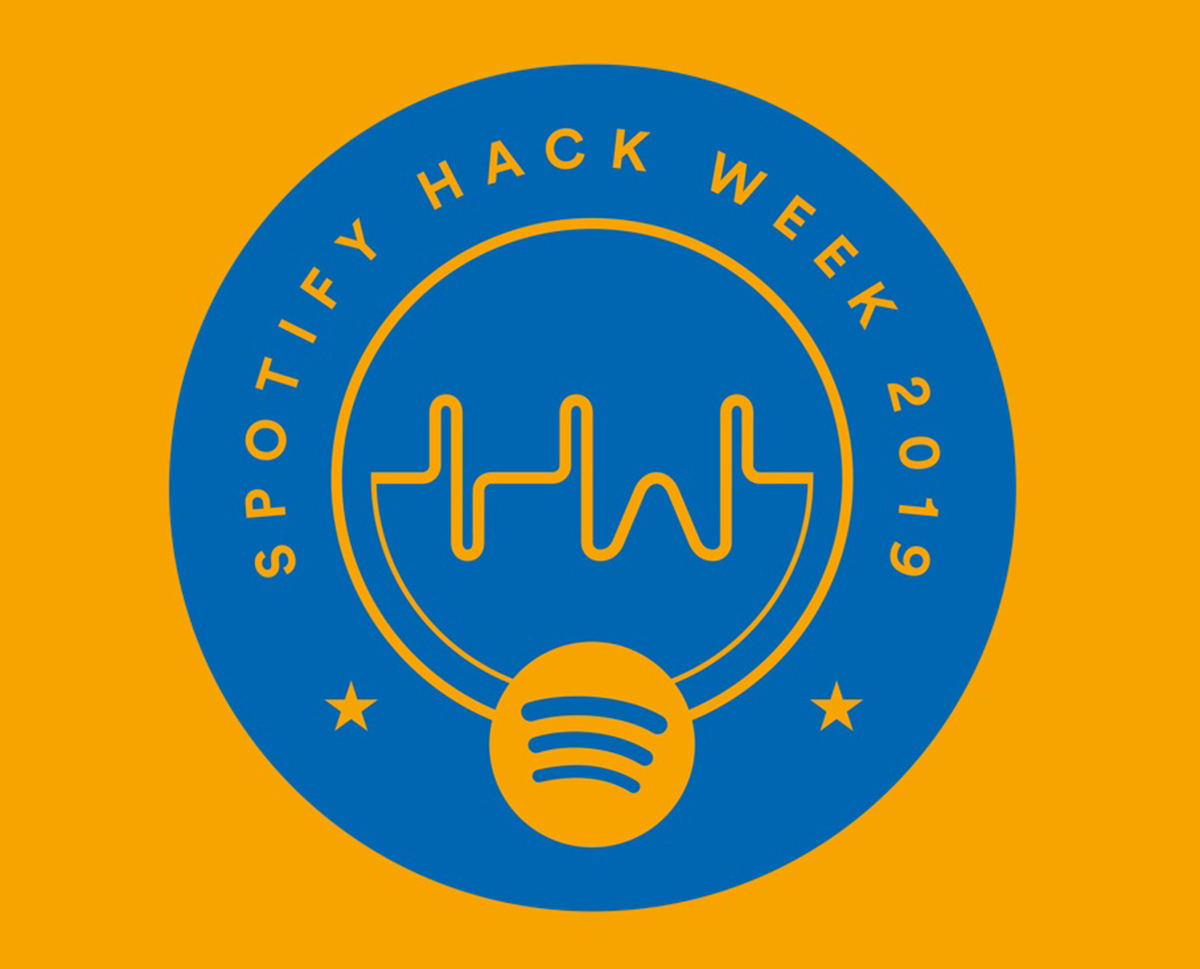As we touched on in a previous blog Spotify is well known for its unique structure. Spotify uses squads, tribes, alliances and guilds to organise its business. We have worked with a number of clients who have looked to transform their operating model as a result of digital technologies so we thought we would go a bit deeper into the Spotify structure to explain what it might mean for your organisation.
The squad
The basic unit of a Spotify development team is called a 'squad'. A squad is a bit like a Scrum team with around 6 to 12 people who sit together, and have all the skills and tools to design, develop, test, and release to production. They organise themselves and decide their own way of working. Each squad sets a long-term mission and is responsibile for different parts of the user experience. Within the squad each is able to setup its own work space and working environment.

The tribe
A tribe is a collection of squads that work in related areas - such as the music player, or back-end. The tribe is a bit like the incubator for the squad and each tribe has a lead who is responsible for providing the best possible habitat for the squads within that tribe. Tribes are designed to be smaller than 150 people with an ideal size of 40.
Chapters
A chapter is a small family of people with similar skills and working within the same general competency area within the same tribe. Each meets regularly to discuss their expertise and specific challenges. The chapter lead is a line manager for his chapter members and is also part of a squad involved in the day-to-day work.

Guilds
A guild is more organic community of interest looking to share knowledge, tools, code and practices. This includes work topics and also social topics like craft-brewery and photography. A guild usually cuts across the whole organisation and anybody who is interested can join any guild.
Cultural challenges
Spotify encourages continuous coaching sessions rather than formal performance appraisals. From a cultural perspective Spotify notes that its unusual structure has challenges - the biggest of which is to attract the right people and to harness their innovation and agility. It can also be a challenge to integrate new starters effectively into these ways of working.
As Spotify has grown it has needed to open new offices in different parts of the world. It has become harder and harder for its staff to be part of the mission of the company and to understand their role within its culture and purpose.
Spotify also has a dedicated social team within its HR department focused entirely on creating social events for employees. This is focused on instilling a love for working at Spotify.

Getting the message out
Effective use of technology is a big help. The vision and purpose for Spotify are updated regularly and shared through Spotify's intranet. Leadership at a more local level will modify original plans and every three weeks latest developments will be shared with all employees in town hall meetings on topics of company importance.
Failing fast
Experimenting, trying new ideas and failing are certainly part of Spotify’s culture. The focus is placed on experimenting, learning and adapting. A passion for music also brings people at Spotify together. Musicians are known to stop by the office and employees take part in lunch jam sessions. Communities are not only formed around work, but also in shared interests. Feedback and improvement can be gathered from employees who are also users of the products and can shape its future.

Keep adapting
Whilst Spotify's model is well known it shouldn't be a template for your own organisation necessarily. It changes all the time as people at Spotify learn, improve and discover new things. One of the guiding principles at Spotify is autonomy, so different teams within its structure have autonomy over structure and methods.
Trust is also valued. Anyone can deploy any piece of software, at any time, from any place (with some restrictions) and everyone can see the business performance measures and shares ownership for them.
Diversity is also seen as important with different perspectives and viewpoints coming together to stimulate innovation.

What next?
We can help you generate more ideas and make improvements in your business that can increase efficiency, revenue and customer experience. We can help you with ideation or with full structured innovation processes. Why not contact us to discuss further?

